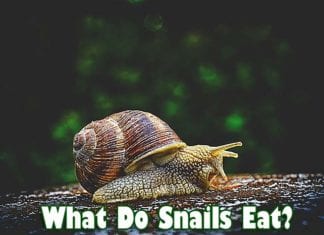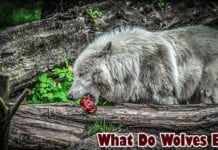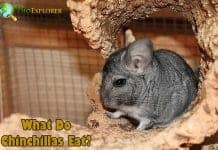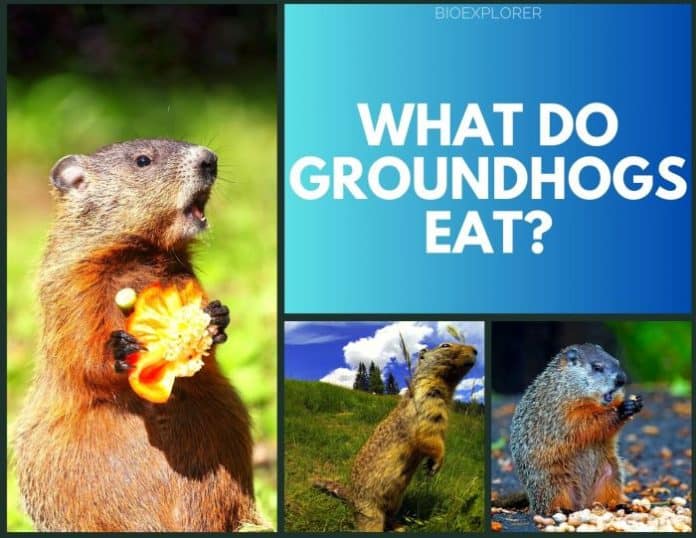
Groundhogs, known as woodchucks, are herbivorous mammals throughout North America. Unlike other rodents, groundhogs eat only plant materials and do not consume any meat. They are classified as herbivores.
What Do Groundhogs Eat? Groundhogs are generalist foragers and maintain a diverse diet of greens, vegetables, fruits, grasses, and more. They are opportunistic eaters and feast on edible plants they can find in their habitats. This varied plant-based diet allows groundhogs to adapt to different environments and take advantage of seasonal changes in food availability.
Some key facts about the herbivorous diets of groundhogs:
- Groundhogs are omnivores, meaning they eat plant materials, including leaves, vegetables, roots, and fruits. Occasionally they also consume small insects.
- They do not eat any animal products or meat. Insects are the only exception if accidentally ingested.
- Groundhogs have evolved specialized teeth for chewing and grinding up fibrous plant matter.
- They eat a wide variety of plant foods, allowing them to thrive in many areas.
- Groundhogs spend much of their day foraging above ground for edible greens and plants.
- In the summer, groundhogs eat high-calorie plants to fatten up before hibernation.
The herbivorous diet and adaptive foraging abilities of groundhogs allow them to maintain healthy populations across North America.
Table of Contents
- Groundhog Basics: Getting to Know the Groundhog
- What Do Groundhogs Eat?
- The Primary Diet of Groundhogs
- Seasonal Variations in Groundhog Diet
- Fruits are a Treat for Groundhogs
- When Do Groundhogs Eat?
- What Do Groundhogs Drink?
- What Do Baby Groundhogs Eat?
- Where Do Groundhogs Find Food?
- What Eats Groundhogs?
- Fun Facts About Groundhogs and Their Diets
- FAQs
- What do groundhogs eat?
- Do woodchucks, also known as groundhogs, prefer certain foods?
- What do baby groundhogs eat?
- What does a groundhog’s diet look like in different seasons?
- What groundhogs like to eat to prepare for hibernation?
- How do groundhogs forage for their food?
- Where do groundhogs live and find their food?
- How can we attract groundhogs if we want to offer them food?
- How can pest control keep groundhogs away from a garden?
- How long do groundhogs live and keep this dietary habit?
- How long do groundhogs live?
- What else, besides food, do groundhogs like?
Groundhog Basics: Getting to Know the Groundhog
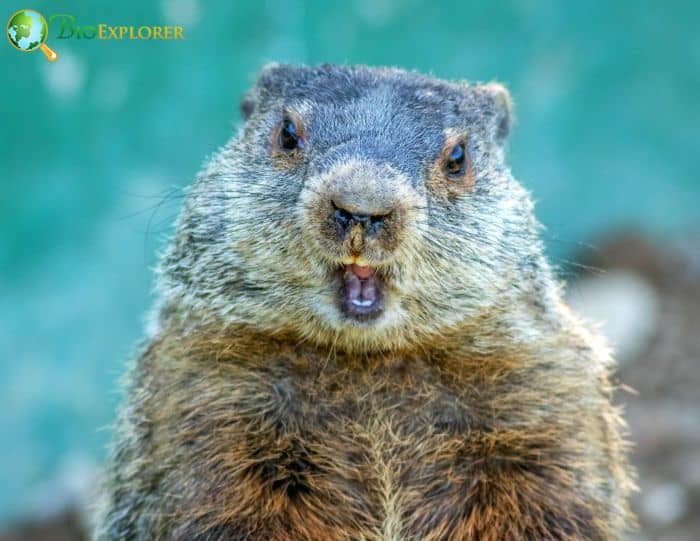
Groundhogs (also known as Woodchucks), scientifically known as Marmota monax, are medium-sized rodents that are part of the squirrel family Sciuridae. It is one of the 14 species of marmot or ground squirrel[1]. Here’s a quick rundown of their characteristics and natural habitats:
Physical Characteristics
- Size: Groundhogs typically measure 17.75 to 24 inches long, including a tail of about 7 to 9.75 inches. They weigh about 13 lbs[2].
- Appearance: They have a stout body, short legs, and a bushy tail. Their fur is a gray and brown mix, providing them with natural camouflage in their habitats.
- Teeth: Like other rodents, groundhogs have sharp incisor teeth that grow continuously. They keep them from getting too long by gnawing on plants and, occasionally, tree bark.
Natural Habitats

- Burrows: Groundhogs are exceptional diggers. They create intricate burrow systems that serve as their homes, providing protection from predators and harsh weather. A single burrow can be up to 80 feet long and 5 feet deep!
- Geography: These creatures are primarily found in North America, from Alabama to Alaska. They prefer open fields, meadows, and areas close to forests.
- Activity: Groundhogs are diurnal, meaning they’re most active during the day, especially in the early morning and late afternoon.
By understanding the basics of groundhogs, we can better appreciate their dietary habits and the reasons behind their food choices.
Suggested Reading:
What Do Beavers Eat?
“The groundhog is a lowland creature. It is widely distributed and can be found as far north as Alaska, with its range extending southeast to Alabama. ” – National Geographic.
![]()
What Do Groundhogs Eat?
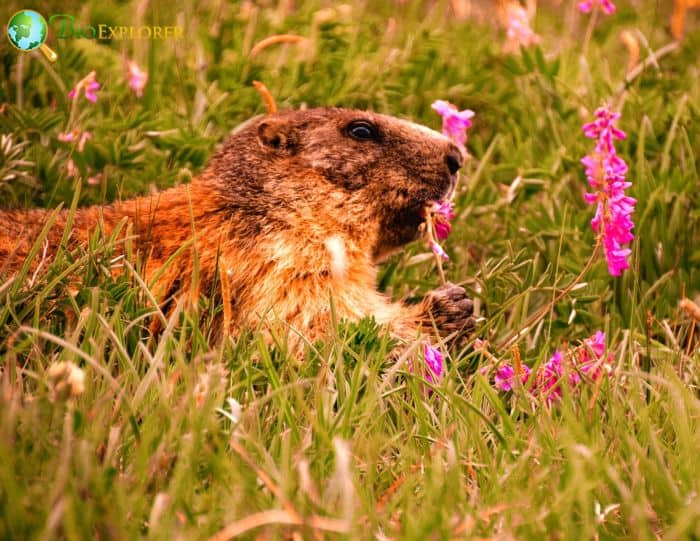
When it comes to their herbivorous diet, groundhogs have a strong preference for leafy greens and grasses. These plants provide important nutrients they need to stay healthy and thrive.
Some of the leafy greens that groundhogs love include:
- Lettuce – Romaine, iceberg, and leaf lettuce are favorites. The tender leaves and high-water content appeal to groundhogs.
- Kale – Both curly and dinosaur kale are eaten. The leaves provide antioxidants like vitamins A and C.
- Spinach – Packed with calcium, iron, and vitamin K, spinach is a nutritious choice.
- Clover – The leaves and flowers of white and red clover are a tasty choice in fields.
- Alfalfa – These small purple flowers and leaves are rich in protein.
Grasses are another staple in a groundhog’s diet. They’ll readily eat different species, including:
- Timothy – A sweet, nutritious grass found in meadows and pastures.
- Crabgrass – A course, hardy grass common in lawns and parks.
- Bluegrass – A thin-leaf grass frequently found in pastures.
- Bentgrass – Grows well in cooler climates and is common in higher elevations.
The vitamins, minerals, and nutrients in leafy greens and grasses provide groundhogs with energy and nutrition. They contain antioxidants, vitamins C and K, calcium, potassium, and more. Eating these plants allows groundhogs to maintain healthy growth and bone strength.
In addition to leafy greens, groundhogs have a taste for garden vegetables and will feast on any they can find. Their jaws pack a powerful bite that allows them to easily chew through some of the toughest vegetables.
Some of the popular vegetable groundhogs are known to eat include:
- Carrots – They nibble on both the greens and taproots of carrot plants. The high beta-carotene content helps vision.
- Potatoes – Groundhogs dig underground tubers out of gardens and fields. Potatoes provide lots of carbohydrates.
- Beans – When found, green beans, wax beans, and snap peas are devoured. Beans have protein and fiber.
- Peas – Both the pods and peas are consumed. Peas are rich in manganese and vitamin K.
- Squash – Groundhogs will eat summer and winter squash varieties for the sweet taste. Squash contains vitamin C and magnesium.
- Radishes – The roots and spicy greens are savored. Radishes have vitamin C, potassium, and antioxidants.
- Turnips – The bulbous roots and greens are dug up and eaten. Turnip greens have calcium, carotenoids, and folate.
Groundhogs cause frustration to gardeners due to their love of vegetables. When food is bountiful, groundhogs go on feeding frenzies and can destroy gardens. They will climb over and burrow under fences to reach their favorite veggies.
The Primary Diet of Groundhogs
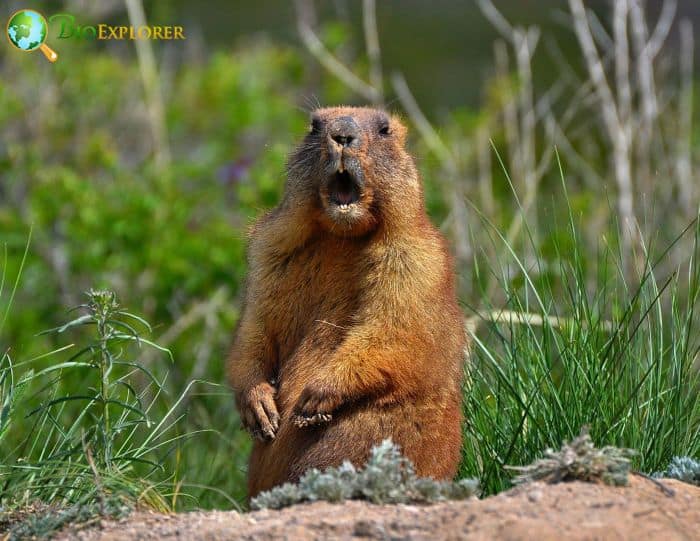
Groundhogs are primarily herbivores, which means their diet consists mainly of plants. However, their food choices can sometimes extend beyond just vegetation.
Vegetation and Plants
Groundhogs have a penchant for a variety of plants, and their choices often depend on availability and season:
- Grasses and Weeds: These form the staple of a groundhog’s diet. They often graze on clover, alfalfa, dandelions, and other wild grasses.
- Vegetables and Fruits: Groundhogs won’t hesitate to munch on your garden veggies! They’re particularly fond of beans, peas, carrots, and broccoli[3]. They also enjoy fruits like apples and berries when they can find them.
- Tree Bark and Branches: Groundhogs might gnaw on tree bark and tender branches when other food sources are scarce.
Occasional Insects and Small Creatures
While plants dominate their diet, groundhogs aren’t strictly herbivores:
- Insects: Groundhogs occasionally consume insects, especially when other food sources are limited.
- Small Creatures: There have been rare instances where groundhogs have been observed eating small birds or rodents, but this behavior isn’t typical.
Suggested Reading:
What Do Snails Eat?
Seasonal Variations in Groundhog Diet
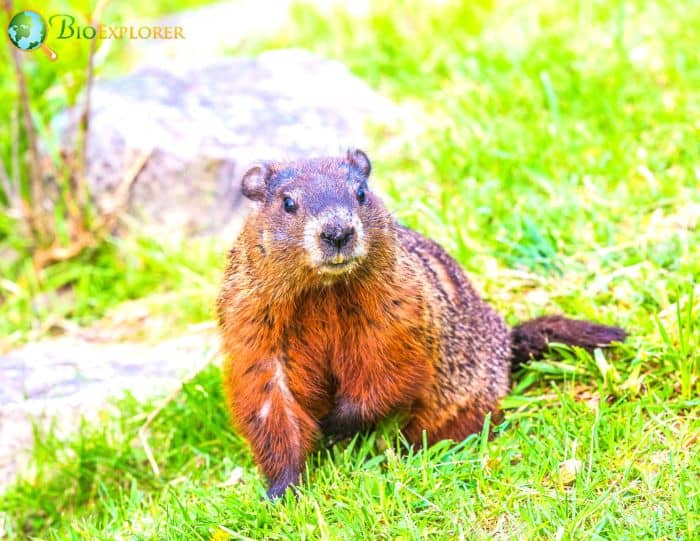
The diet of a groundhog isn’t static; it varies depending on the time of year. As the seasons change, so do the food sources available to these creatures.
Spring Diet
After months of hibernation, groundhogs emerge from their burrows in search of food to replenish their depleted energy reserves:
- First Bites: The first greens of spring, such as young shoots, grasses, and clover, are a welcome sight for hungry groundhogs.
- Flowers and Buds: As spring progresses, they might also nibble on flower buds, adding a bit of variety to their diet.
Summer Feast
Summer is a time of abundance for groundhogs:
- Diverse Vegetation: With the warm weather, a plethora of plants, vegetables, and fruits become available. Groundhogs take advantage of this, feasting on garden veggies, wild berries, and more.
- Storing for Winter: Groundhogs increase their food intake as summer ends to build up fat reserves for winter hibernation.
Fall Foraging
As the days get shorter and colder, groundhogs become more focused on eating:
- Bulking Up: Their primary goal during fall is to eat as much as possible to gain weight. This added fat will sustain them during their winter hibernation.
- Less Variety: As plants start to wither, groundhogs might have to rely more on tree bark and whatever greens remain.
Winter Hibernation
During the cold winter months, groundhogs enter a state of hibernation:
- No Eating: Groundhogs don’t eat during hibernation. Instead, they live off the fat reserves accumulated during the warmer months.
- Conserving Energy: Their body temperature drops and their heart rate slows down, allowing them to conserve energy until spring arrives.
“Hibernation is a survival strategy designed to conserve energy when conditions are harsh. ” – BBC Earth
![]()
Fruits are a Treat for Groundhogs
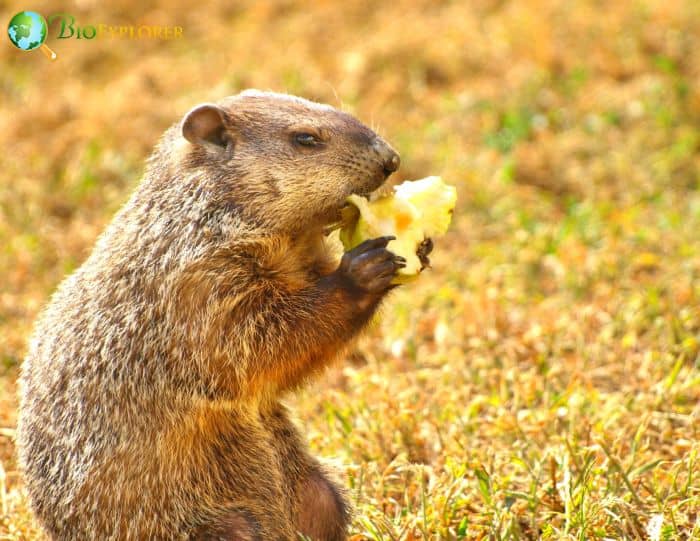
While groundhogs mostly eat leafy greens, grasses, and vegetables, they will opportunistically feast on fruits when available. Fruits provide a sweet treat and nutrients like vitamin C and natural sugars for energy.
Some of the fruits that groundhogs enjoy include:
- Apples – Groundhogs will climb apple trees to munch on the sweet fruits. The vitamin C in apples aids immune health[4].
- Pears – Another tree fruit they love. Pears contain antioxidants, vitamin C, vitamin K, and potassium.
- Berries – They eat any berries they can find, including strawberries, raspberries, and blackberries. Berries provide manganese and fiber.
- Melons – Groundhogs will eat watermelon, cantaloupe, and honeydew melons if found. Melons have vitamins A, C, and potassium.
- Stone Fruits – Cherries, peaches, plums, and apricots are readily consumed when accessible. These have vitamins C and A.
- Tomatoes – Though a vegetable, groundhogs eat tomatoes like a fruit. Tomatoes contain lycopene, an antioxidant.
- Wild fruits – Groundhogs enjoy foraging for grapes, persimmons, gooseberries, elderberries, and mulberries.
Fruits provide a nutritious and delicious supplement to a groundhog’s herbivorous diet. They contain natural sugars for energy, as well as vitamins, minerals, and antioxidants. Groundhogs will take advantage of any fruiting trees, shrubs, or vines they find while foraging.
When Do Groundhogs Eat?
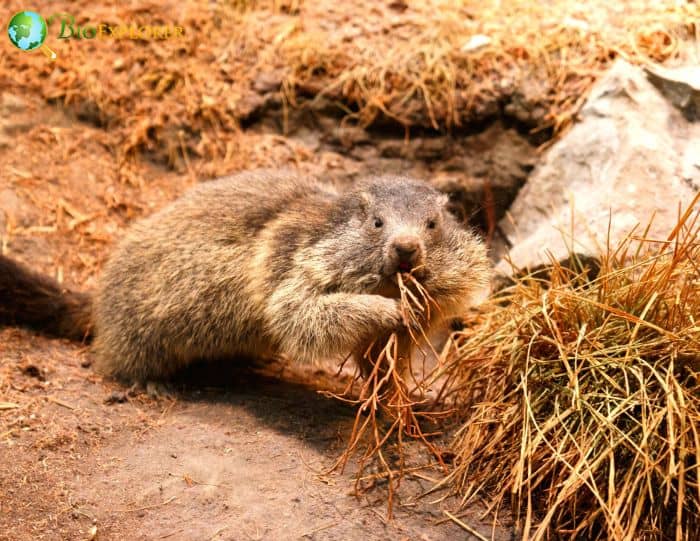
Groundhogs, like all creatures, have specific behaviors and routines regarding feeding. Understanding these can provide insights into their daily lives and survival strategies.
Daily Eating Routines
Groundhogs have a fairly predictable daily routine when it comes to feeding:
- Morning and Evening: Groundhogs are most active during the early morning and late afternoon. These are the prime times they venture out of their burrows to forage.
- Midday Rest: During the hottest parts of the day, groundhogs prefer to stay in their burrows to avoid the heat and potential predators.
Social Aspects of Feeding
Groundhogs have interesting social behaviors related to food:
- Territorial Behavior: Groundhogs are solitary creatures and can be territorial, especially regarding their food sources. They commonly chase away other groundhogs that venture too close to their favorite feeding spots.
- Communal Feeding: While they’re generally solitary, there are instances, especially in abundant food areas, where multiple groundhogs might feed in proximity without conflict.
What Do Groundhogs Drink?
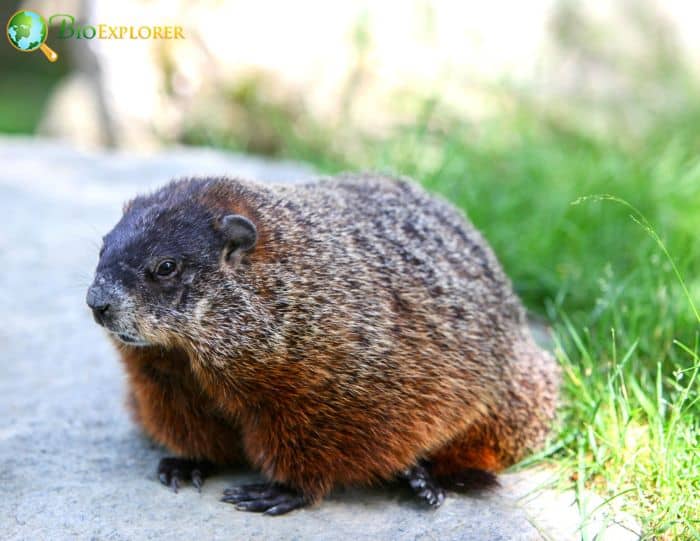
Groundhogs get most of their water from the plants they eat to stay hydrated. The greens, vegetables, and fruits they consume contain a high percentage of water.
Beyond the moisture in food, groundhogs will directly drink water from various sources when available:
- Streams – Groundhogs access streams near their burrows to lap up water. Flowing water is often cleaner than stagnant sources.
- Ponds – They will drink from pond edges. However, stagnant pond water carries more contaminants.
- Puddles – After rain showers, groundhogs drink accumulated rainwater from puddles.
- Dew – Groundhogs lick dew from grass and leaves in the morning. Dew provides a fresh, pure water source.
- Sprinklers – Groundhogs will drink from lawn sprinklers in suburban neighborhoods.
Because groundhogs do not sweat, they do not require as much water compared to humans. But staying hydrated is still essential for their health and digestion. Having access to water sources near their burrows and feeding areas is important.
Groundhogs get all their water from food stored in their burrows during hibernation. Their kidneys are adapted to minimize water loss during dormancy.
What Do Baby Groundhogs Eat?
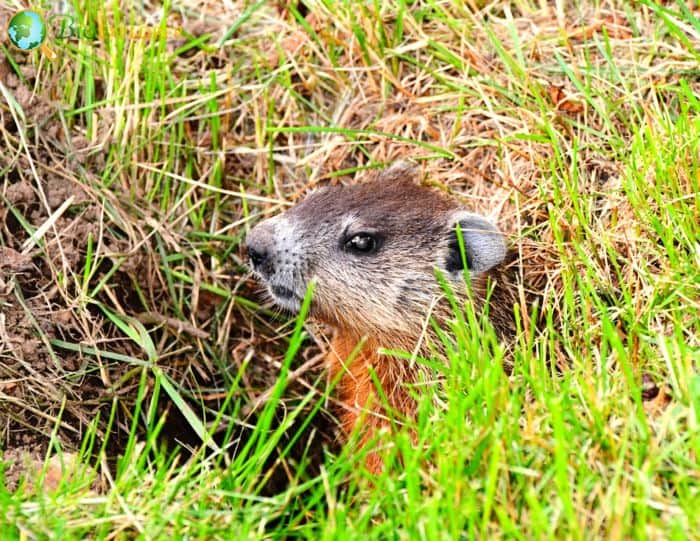
Baby groundhogs, known as kits or pups, have different dietary needs than adult groundhogs. Here is an overview of how their diets progress[5]:
- Nursing – Kits rely entirely on their mother’s milk while in the burrow for the first few weeks after birth. Nursing provides essential nutrients and antibodies.
- Weaning – Around 5-6 weeks old, kits are introduced to solid foods by their mother. This includes grasses, greens, vegetables, and fruits.
- Foraging – At 12 weeks old, kits emerge from the burrow and begin foraging above ground with their mother. They mimic her eating habits.
- Independence – Around July, kits become independent and forage on their own. Their diet mimics adult groundhogs.
- Pre-hibernation – Young groundhogs eat as much as possible in the fall to build up fat reserves before their first hibernation period.
Baby groundhogs have sharp teeth that erupt within days after birth. This allows them to transition from nursing to chewing solid foods. Their mother brings food to the burrow until they are old enough to forage above ground.
Where Do Groundhogs Find Food?
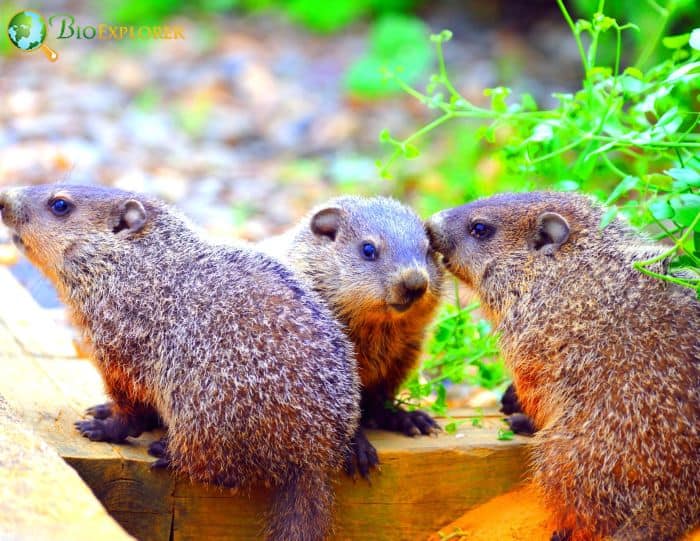
Groundhogs are always on the hunt for their next tasty plant meal. They find food in these key areas:
- Open Meadows – Groundhogs forage in open meadows filled with tender grasses, clovers, and alfalfa. This provides their main staple foods.
- Forest Edges – The transition areas between forests and fields provide many berries, mushrooms, and young tree shoots.
- Underground – Groundhogs dig and gnaw for roots, tubers, and burrowing insect larvae.
- Gardens – Vegetable gardens, farms, and orchards provide a bounty in summer and fall. Groundhogs raid these areas despite fences and deterrents.
- Backyards – Suburban yards, parks, and golf courses provide grasses, fruits, and vegetables.
- Fields – Nutrient-rich soil in farm fields, pastures, and abandoned lots grow groundhog favorites like lettuce, grasses, and alfalfa.
- Roadsides – Ditches and overgrown areas along roads harbor edible weeds and wild greens.
Groundhogs constantly move through their territory to take advantage of seasonal, regional, and location-based food availability. They may travel miles daily while foraging above ground.
What Eats Groundhogs?
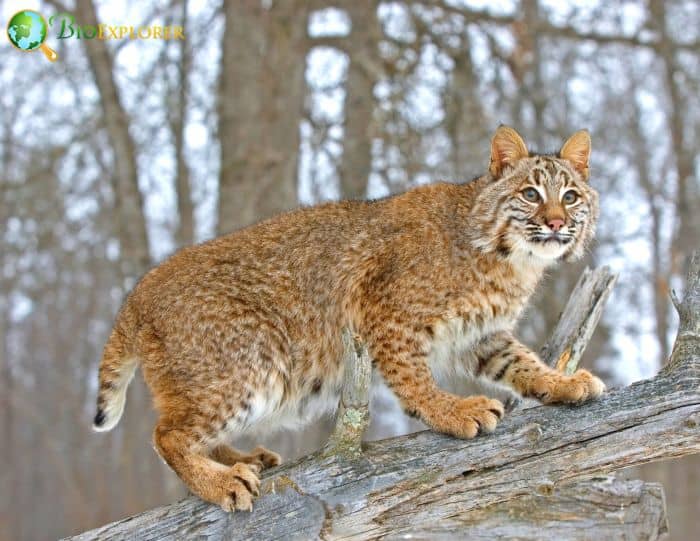
While groundhogs have a varied herbivorous diet, they are also on the menu for several predators. Groundhogs are a common prey species and must stay vigilant to avoid becoming food for other animals.
Some of the main natural predators of groundhogs include:
- Foxes – Red foxes and gray foxes hunt, kill, and eat adult groundhogs. They dig into burrows to reach them.
- Coyotes – These opportunistic canids will catch and consume groundhogs venturing too far from their burrows.
- Bobcats – The ambush-hunting skills of bobcats make them effective groundhog predators.
- Hawks – Red-tailed, red-shouldered, and Cooper’s hawks prey on young groundhogs.
- Eagles – Bald and golden eagles eat groundhog pups if given the opportunity.
- Snakes – Certain snakes, like black rat snakes and milk snakes, may hunt hibernating groundhogs underground.
- Humans – In many areas, humans hunt groundhogs for food, sport, and pest control.
Groundhog predators keep their populations in check. They help prevent over-grazing and maintain ecological balance. Predation pressure has led to the evolution of a groundhog’s vigilance, camouflage, and burrowing behaviors as defenses[6].
Fun Facts About Groundhogs and Their Diets
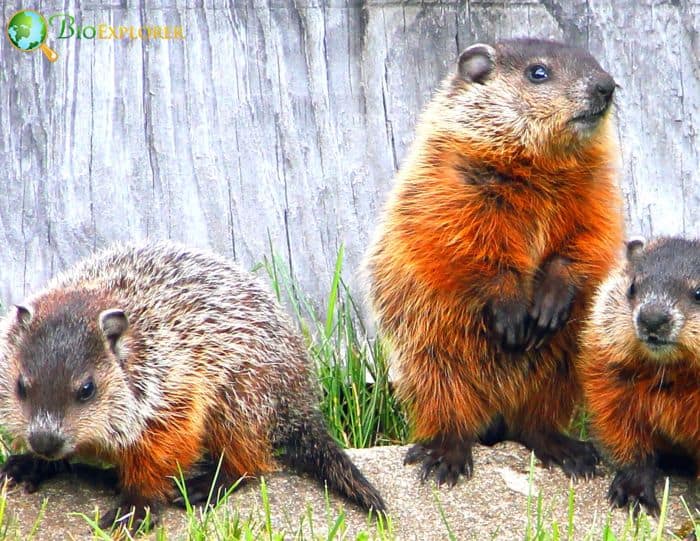
Here are some interesting tidbits about the eating habits of groundhogs:
- Groundhogs become extremely fat in late summer, increasing body weight by 150% before hibernation. Their goal is to double their weight!
- They stuff food into their cheek pouches to transport back to their burrows. Each pouch can hold about half a cup of food.
- Groundhogs prefer eating younger, more tender plant leaves over mature foliage. Tough, stringy greens are harder to digest.
- In a single day, a groundhog consumes about 1/3 of its body weight in food. That’s like a 150-pound human eating 50 pounds of food per day!
- Groundhogs have two coats of fur – a dense grey undercoat and longer brown guard hairs. This protects them from thorny plants while foraging.
- They are excellent tree climbers and will scale trees up to 9 meters tall to reach fruits and leaves.
- Groundhogs digging for underground roots and tubers help aerate and mix the soil, benefiting gardens and fields.
The herbivorous diet of groundhogs allows them to thrive across diverse habitats. Their flexible, opportunistic eating habits serve them well as they bulk up for a long winter hibernation.
FAQs
What do groundhogs eat?
Groundhogs primarily forage for food in the wild. They eat various plants like alfalfa, clover, and dandelion. Groundhogs also eat fruits; sometimes, they even eat insects like grasshoppers and small animals.
Do woodchucks, also known as groundhogs, prefer certain foods?
Yes, Groundhogs, also known as woodchucks, prefer to nibble on tasty vegetable gardens if they locate such food, but they also eat plant and tree barks and occasionally eat snails and insects.
What do baby groundhogs eat?
Baby Groundhogs, or kits, are born hairless and are dependent on their mother’s milk for nourishment in the early stages of their lives. As they grow, they start to forage for plants and other foods that adult groundhogs eat.
What does a groundhog’s diet look like in different seasons?
Groundhogs have seasonal eating patterns. During spring and summer, they forage for food and eat plenty, building up fat reserves for the winter. They eat mostly green vegetation in warmer months. In the fall, they start to eat tree bark and twigs. In winter, they hibernate and do not eat.
What groundhogs like to eat to prepare for hibernation?
Groundhogs like to eat a lot of fats and nutrients before they hibernate. They typically munch on plants, fruits, and insects to maintain their fat reserves.
How do groundhogs forage for their food?
Groundhogs typically spend their days foraging for food. They locate food resources by their sense of smell and often return to a plentiful food source daily.
Where do groundhogs live and find their food?
Groundhogs live in underground burrows that they dig with their strong paws and sharp claws. Groundhog dens have an entrance for escape. They usually find food near the entrances, in meadows, pastures, and crops.
How can we attract groundhogs if we want to offer them food?
To attract groundhogs, you could offer them their favorite foods, such as fresh vegetables and fruits. However, it’s pertinent to remember that groundhogs are often considered pests due to their burrowing habits.
How can pest control keep groundhogs away from a garden?
Groundhogs can be a pest to garden owners, but they won’t go near areas where they sense predators. Therefore, scents like that of a fox or a raccoon can act as a natural repellent. Professional pest control services may also use traps or fencing to keep groundhogs away.
How long do groundhogs live and keep this dietary habit?
Groundhogs typically live up to six years in the wild. Their dietary patterns and preferences stay the same throughout their life, barring any major food availability or environmental changes.
How long do groundhogs live?
Groundhogs live between six to eight years in the wild. In captivity, with a reliable source of food and a lack of natural predators, groundhogs can live as long as 10 years.
What else, besides food, do groundhogs like?
Besides food, groundhogs are also interested in creating burrows for living and hibernating. They are also known to whistle when alarmed, hence the nickname “whistle-pig“.
Groundhogs, with their intriguing habits and distinct dietary preferences, are a testament to the wonders of nature. From their herbivorous tendencies to occasional forays into insect consumption, their diet is a fascinating mix that ensures their survival across seasons.



